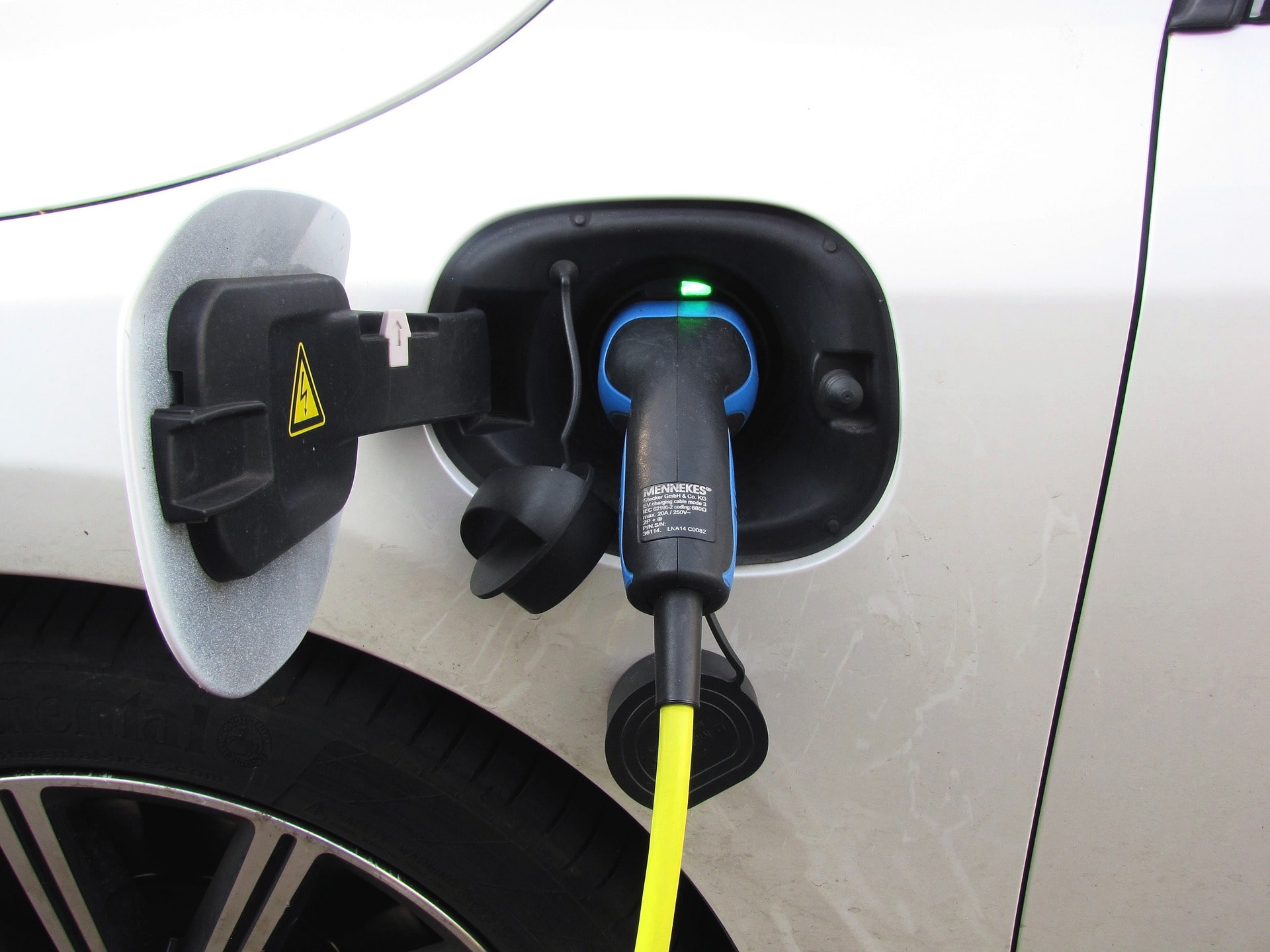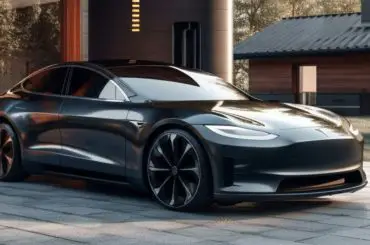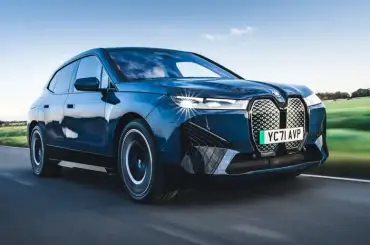Contents
Electric cars can save you money from gas and can be an ideal eco-friendly option to internal combustion cars. But charging electric cars include the hassle of either finding on-road charging options or setting up your charging station at home.
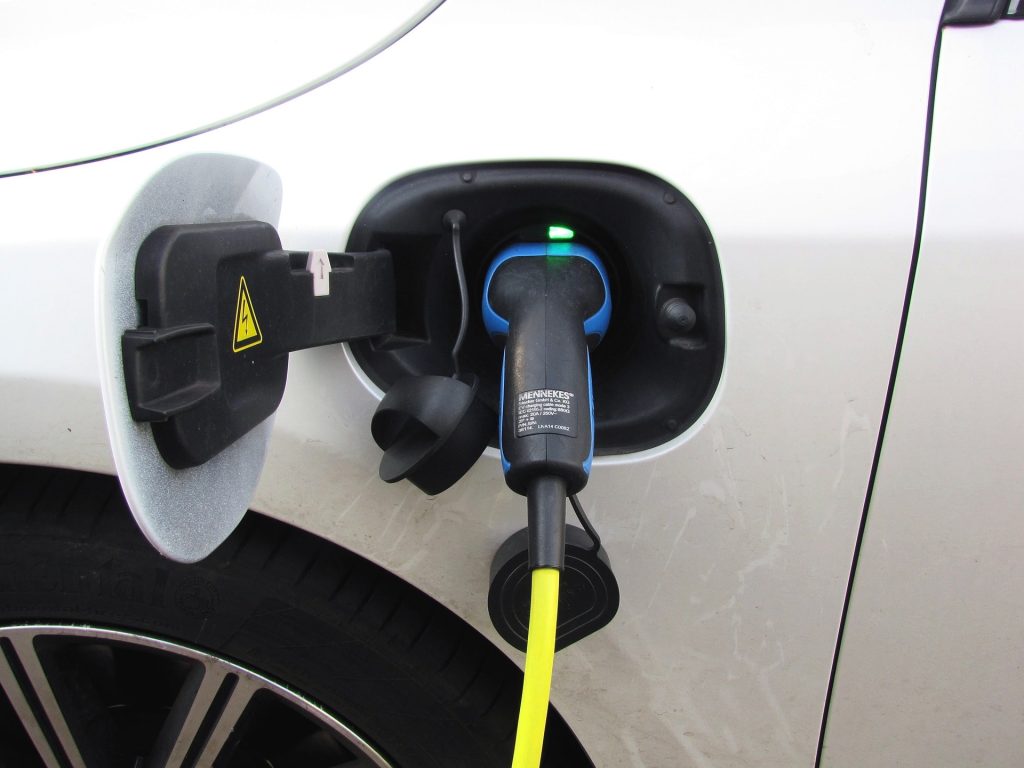
Why install a residential EV charging Unit?
A personal charging unit at home is convenient and affordable compared to charging on-road. You can recharge on your own schedule and not worry about having to move for the next car after you’re done. Residential chargers also help you make use of the best electricity rates as you can choose to charge overnight at off-peak times, thereby saving on your electricity bill.
At least 80% of electric car drivers in the U.S charge their vehicles at home. Residential charging units contribute to a better experience with EVs. However, charging your electric vehicle is not as simple as charging your phone. There are many factors you need to consider before you plug in your EV.
- Choose the correct charging unit
Most EVs come with a charger that is adaptable to a standard household plug. This basic charging is known as Level 1 charging. In the U.S, level 1 charging is at a 120V circuit and adds only 3-4 miles every charging hour. Sometimes, level 1 could be enough for you, depending on your traveling range. If you generally use your EV for short distances, then charging at 120V overnight is quite sufficient.
However, Level 1 charging is very slow. You need to charge for at least 24 hours before it gains an optimal charging speed of 80% at 9km per hour.
Hence, it would be better to opt for 240V circuit charging, known as Level 2 charging. This is comparatively power charging that can add 10-20 miles per every charging hour.
Level 2 charging is not usually expensive, but you must hire an electrician to do the job.
Level 1 charging is also the only option in some vehicles like PHEV that don’t support power charging. They can only be charged at a low power rate. Check your vehicle’s onboard charger capacity and whether it supports Level 2 type charging before you choose to install it.
If you have chosen to install a level 2 charging unit, you must consider which is most compatible with you. There are many types of charging units available in the U.S market today. Read reviews and consult an electrician before you buy a suitable charging unit. I would recommend The Charge Point Home Flex EV charger as one of the best selections.
The HomeFlex charger is available in two configurations and comes with a 23-foot-long cable, so it’s more convenient to install the unit anywhere in your home. In addition, it’s very compatible with smart living styles as the accompanying The Chargepoint app helps you keep track of your charging and the number of charging sessions and even allows you to schedule charging at whatever time you want. For ex., you could set it to charge automatically only at off-peak hours.
The Juicebox is another good choice because it is versatile and even has portable charging unit options. The hardwire installation needs a professional electrician, and it also has a supporting mobile app.
Choose the unit that would charge your car the fastest because time is money.
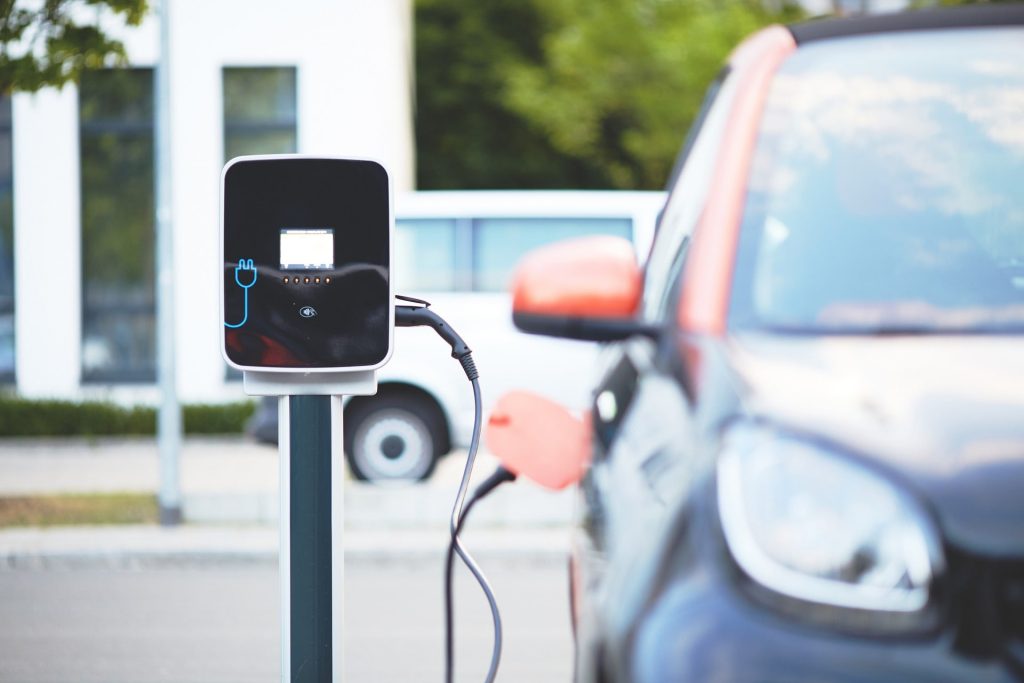
2. Choose the best space for charging.
Most EV owners ideally use a garage to park their cars and have charging units conveniently installed inside. This would be the best option as not all charging stations are weatherproof. Level 2 charging units are designed for use indoors and should not be exposed to extreme weather conditions.
Depending on your space, always choose a charging unit with a long flexible cable to access the unit from wherever you park your vehicle. Plan the distance between your parking space and the charging unit and ensure that it can be accessed with the cable. The longer the cable is, the more flexible your parking area becomes.
3. Consider if you have more than one EV in your home.
If there is more than one electric vehicle at home, make sure you install a charging unit where you can plug in more than one simultaneously. Or else purchase two smart charging stations, install them on a single circuit and link them. But this could cost you considerably more.
4. Safety
If your car is parked outside while charging, make sure to lock the charger unit and connector cable. If your area is prone to theft, it would be a better option to choose a unit that comes with smart accompanying apps so that you can be notified when it’s plugged out.
Never use any extension cord or power strip with level 1 charging equipment, as it could pose a serious fire hazard. Avoid exposing charging units to the elements, as it could cause a shortage in the current or an electric surge.
The potential risk of an electric fire is very high in power-charging units. Hire a professional to install it, especially if it’s a hardwired system. Check with your electrician whether your home has adequate electrical capacity for level 2 equipment.
Comply with local, state, and national codes and regulations before installing a charging unit. Always consult a qualified electrician for advice and in case of any malfunction. Read our article on how to charge your vehicle safely for more information.
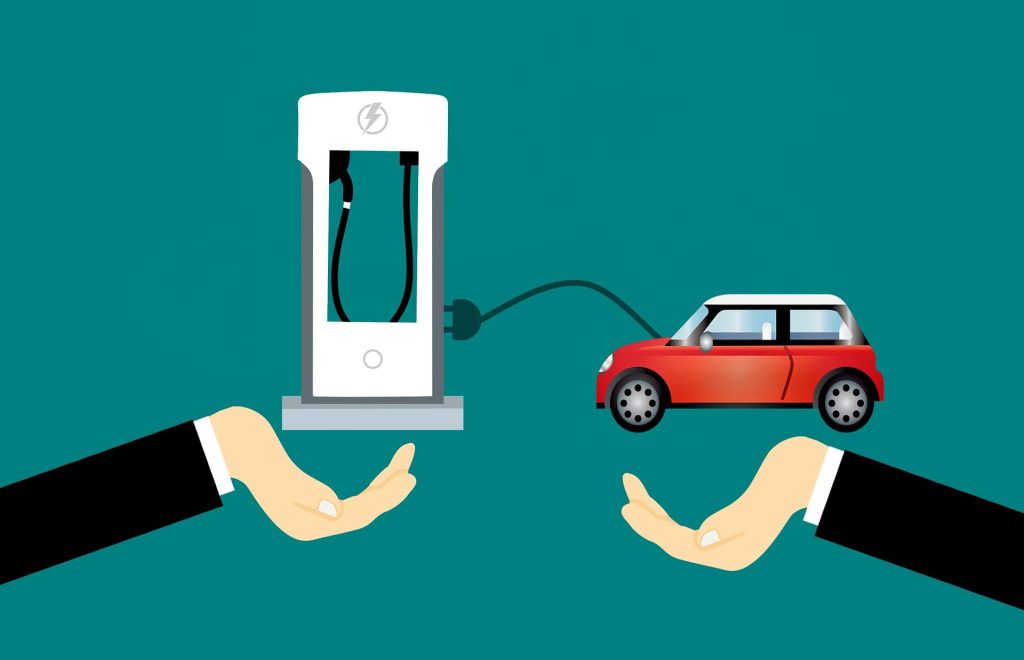
5. Consider Electrical costs and charging unit costs.
Before you choose a charging unit type and brand, it’s important to seek out what suits you best in terms of budget. Level 2 charging is considerably more expensive than Level 1. Still, if level 1 is insufficient, installing your own residential EV charging unit would be cheaper than opting for on-road charging.
Calculate the energy consumption rate of your EV by the number of hours you charge multiplied by how many watts it consumes. This would be easier with the help of a smart app. Try charging at off-peak hours to decrease your energy bill. Consider installing a solar-powered unit for long-term energy conservation. Read our article on Energy consumption and the cost of charging EVs for more information.
If you are reading this article and are planning to buy an electric vehicle, read this article before you decide.

